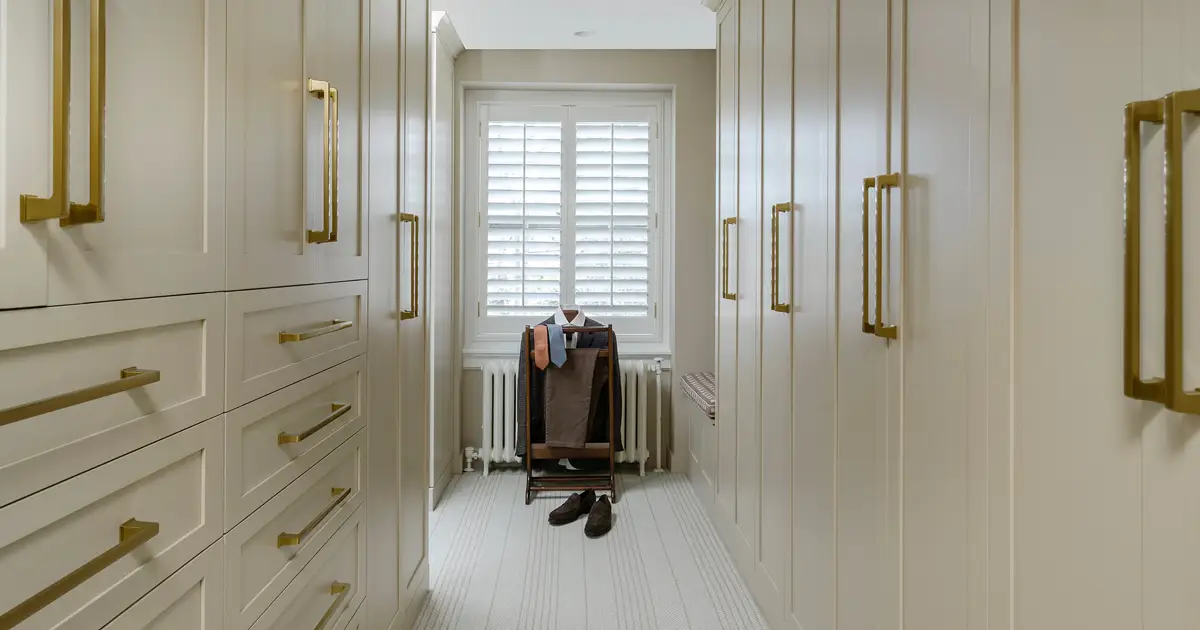When shopping for materials for your floors, walls, or counters, two durable options excel at mixing colors and textures for added beauty and engagement: mosaic and terrazzo. But which material is better?
The good news is that both materials are beautiful and durable. At the same time, each material has its own charm, design characteristics, pricing, and maintenance considerations worth knowing. Here is a closer look at each aspect so you can choose the best material for you!
What is Mosaic?
Mosaic is an ancient art form that dates 5,000 years back. It has been common in palaces and wealthy households throughout history thanks to its beauty, design flexibility, and durability. Today mosaics can be found in homes of any style and price level. They are often used along floors, outdoor fountains, bathrooms, and furniture like side tables and dining tables.
Mosaics are carefully arranged pieces of marble, stone, glass, ceramic or other materials held together by cement, glue, or epoxy. The pieces can be broken sections or specially formed tiles, often assembled in intricate, eye-catching patterns or to create scenes of landscapes and people.
What is Terrazzo?
Terrazzo flooring doesn’t date as far back as mosaic, but it is still plenty old. It dates back to the Renaissance in Italy. It is similar to mosaic by combining small chunks of marble, crystal, or stone with concrete, but the pieces have a more scattered look. Today, terrazzo most often features a polished surface sealed with resin for protection.
The material can be applied in massive sections and creates a sleek, shiny look, which has made it popular flooring material in malls, large homes, and businesses. The material’s smooth finish is also easier to clean. It can also come in a tile option for less binding material, easier installation, and less waste.
Which is More Eco, Mosaic or Terrazzo?
The answer will depend on the materials. Unlike mosaics, terrazzo often uses resin, which is not eco-friendly. Still, terrazzo can be done without resin, which was common before resin material came along. This can put it on par with mosaics regarding its environmental benefits. Even if you use resin, terrazzo frequently uses previously unusable cuts of material or recycled glass that helps offset its non-eco reputation. It can be reused in other jobs, reducing its environmental footprint.
As for mosaics, most avoid resin coating and often use concrete as a bonding material, making it a more eco option. Still, some binding materials used with mosaics are not eco. Additionally, when the mosaics feature specially-produced tile, the eco benefits are reduced vs. using recycled, upcycled material.
Mosaic and Terrazzo: Which is Cheaper?
Mosaic flooring is typically more expensive, but this isn’t always true. Factors like the quality of the materials and the design you choose to implement significantly affect cost. For instance, the more detailed and complicated the patterns are, the higher your labor cost will be.
Maintenance Considerations
Of the two options, terrazzo is easier to maintain. It can still crack over time and requires more frequent sealing and waxing, but mosaic also breaks easier than terrazzo and is tougher to clean.
Best Applications for Mosaic
Mosaic works equally well for indoor and outdoor spaces. Since it doesn’t have a flat coating, it works well to prevent slipping on wet surfaces. It works great in bathrooms, kitchens, and around pool areas.
The decorative aspects make mosaic ideal in homes where you want to showcase a pop of color or detailed designs, like in an entryway, a kitchen backsplash, or on a power wall. You can assemble tiles in any design you wish to create unique patterns.
Best Applications for Terrazzo
Terrazzo works particularly well as flooring and countertops. Terrazzo has a cleaner appearance than mosaics, allowing for broader use in a home without pulling away from the home’s architecture and interior design. It works exceptionally well in modern homes or rooms where you want to feature a modern look. Since terrazzo is slicker than mosaics, it is best suited for indoor and covered outdoor areas.
Terrazzo comes as large clean slabs of color or larger tiles instead of small tiles used in mosaics. However, you can still combine different terrazzo color slabs to create a unique design effect.
Choose the Option You Love Most
Now that you understand mosaic and terrazzo better, you can select the best option that fits your home and personal preferences. Both are durable and beautiful and when installed by a quality service and maintained regularly, the materials can last a lifetime. Fill out our inquiry form today for expert advice on selecting the best material for you.




